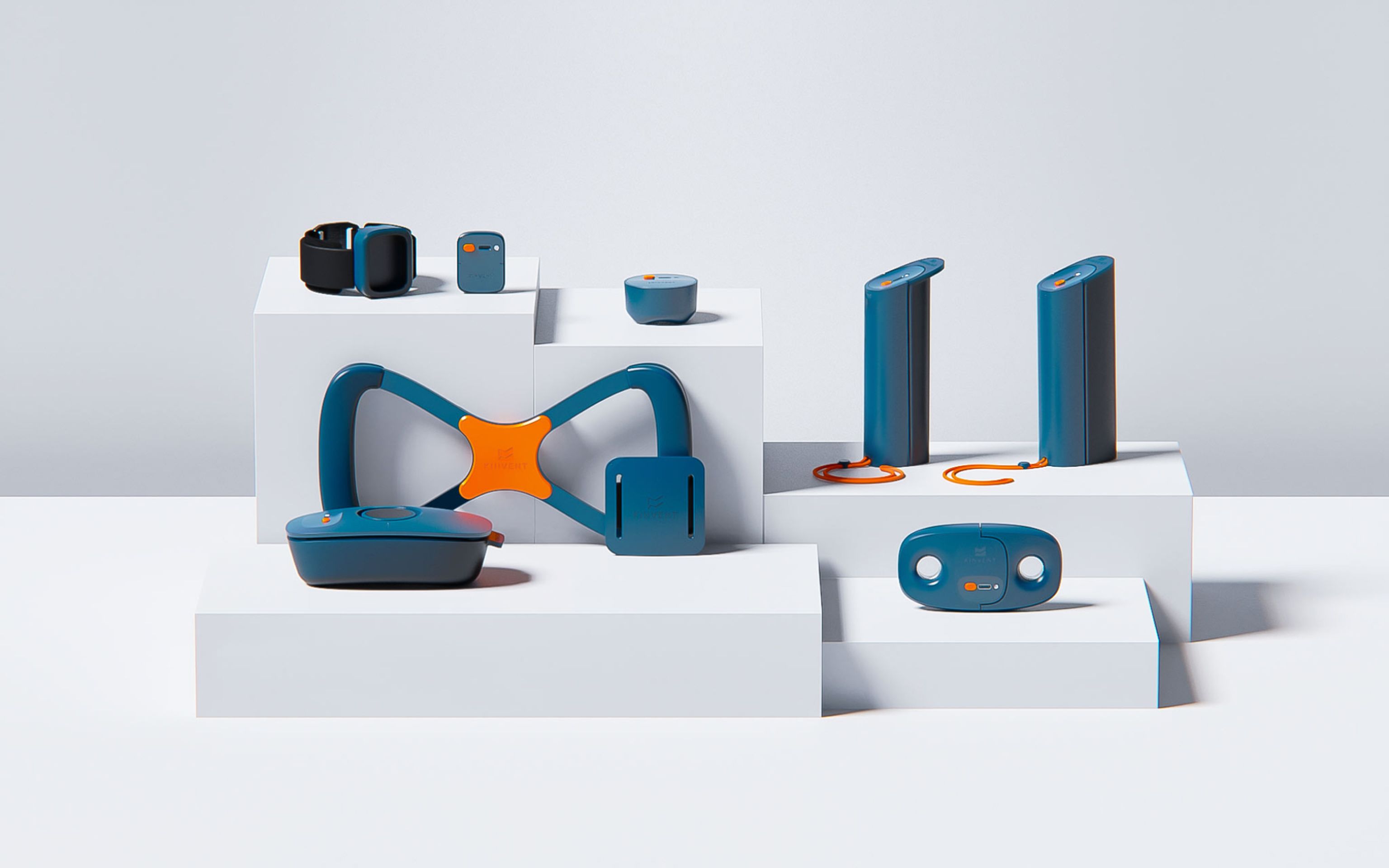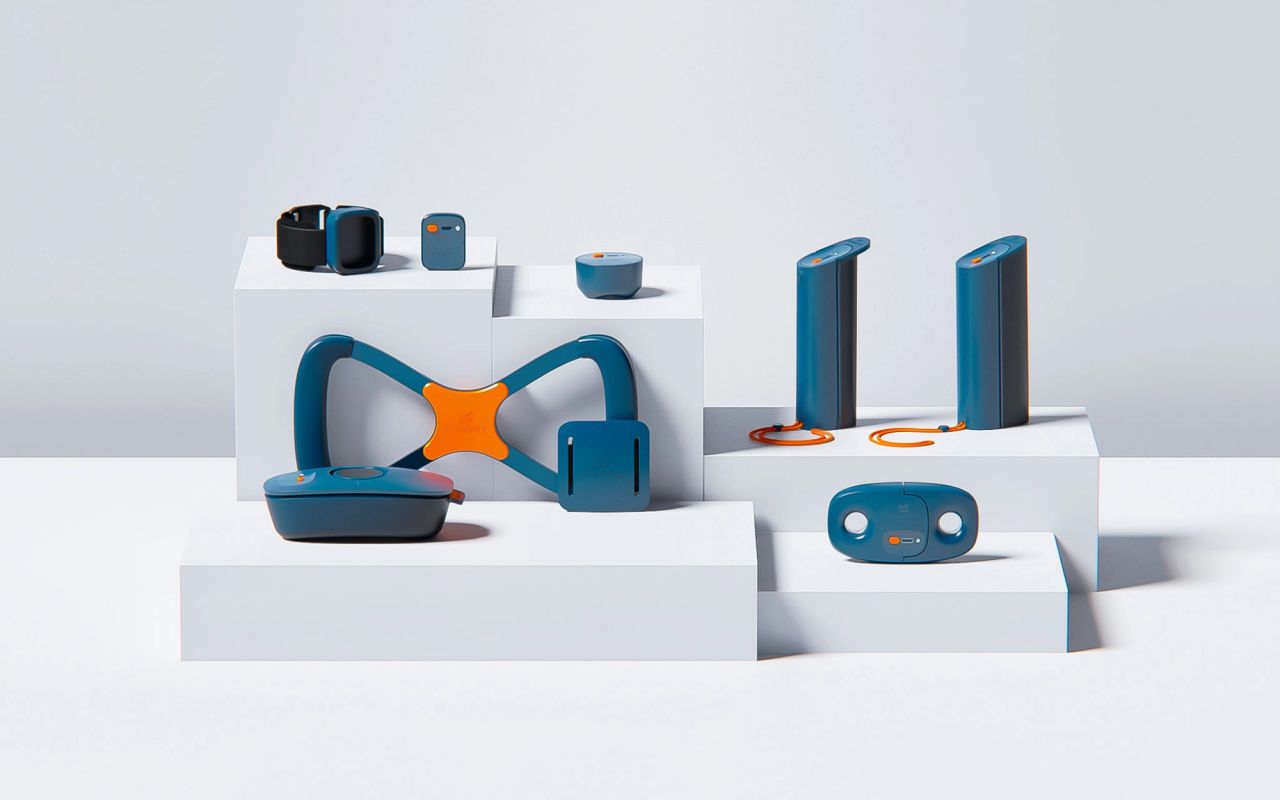Design
- Guide internal and external designers in the creation of new products
- Involve external agencies in a global vision of the brand and its positioning
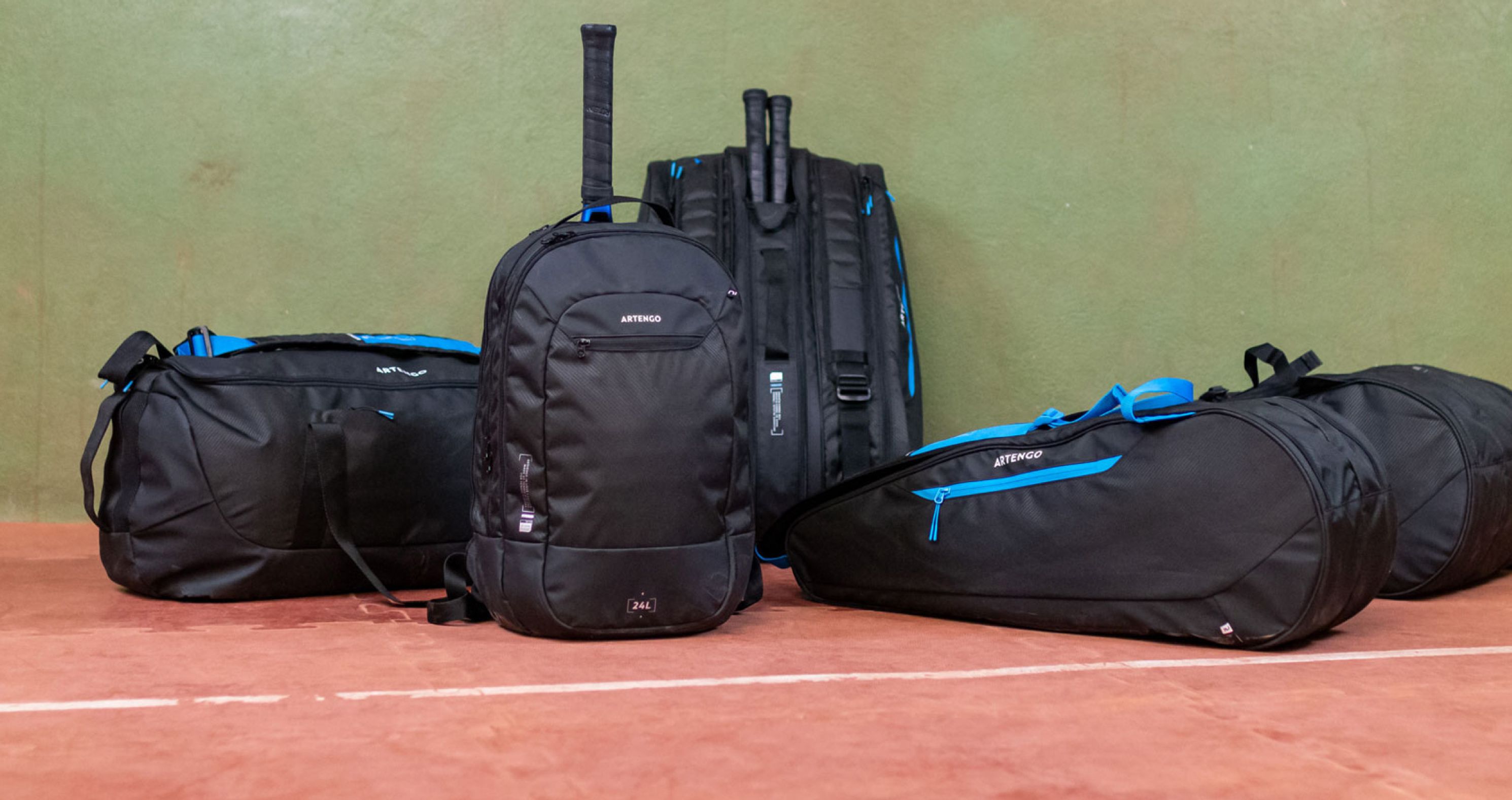
Products are key elements of a brand's communication: they reflect its positioning and the image it wants to convey. The most popular brands have understood the importance of maintaining perfect consistency in their offerings to be easily identifiable and retain customer loyalty. It is therefore crucial to define a design language that will serve as a reference for product creation. Creating a design guide can be essential to establish and document what makes up this design language.
The design guide is created in collaboration between the marketing and design departments and serves as a reference framework for the creation of new products. It is a visual translation of the brand’s strategy and positioning, bringing abstract concepts to life. Distributed to both internal and external creative teams, this document ensures consistency in creativity, even when multiple teams are working on different projects.
It is a dynamic tool that evolves alongside the company’s strategy or vision. The lifespan of the design guide typically ranges from 3 to 5 years, depending on the brand characteristics and market dynamics.
Products within the same family can differ in terms of performance, dimensions, or functionality. However, if they are designed using a common design language, they will share technical construction principles, materials, colors, and textures. One of the design challenges will be to make their unique features clear and understandable to the user.
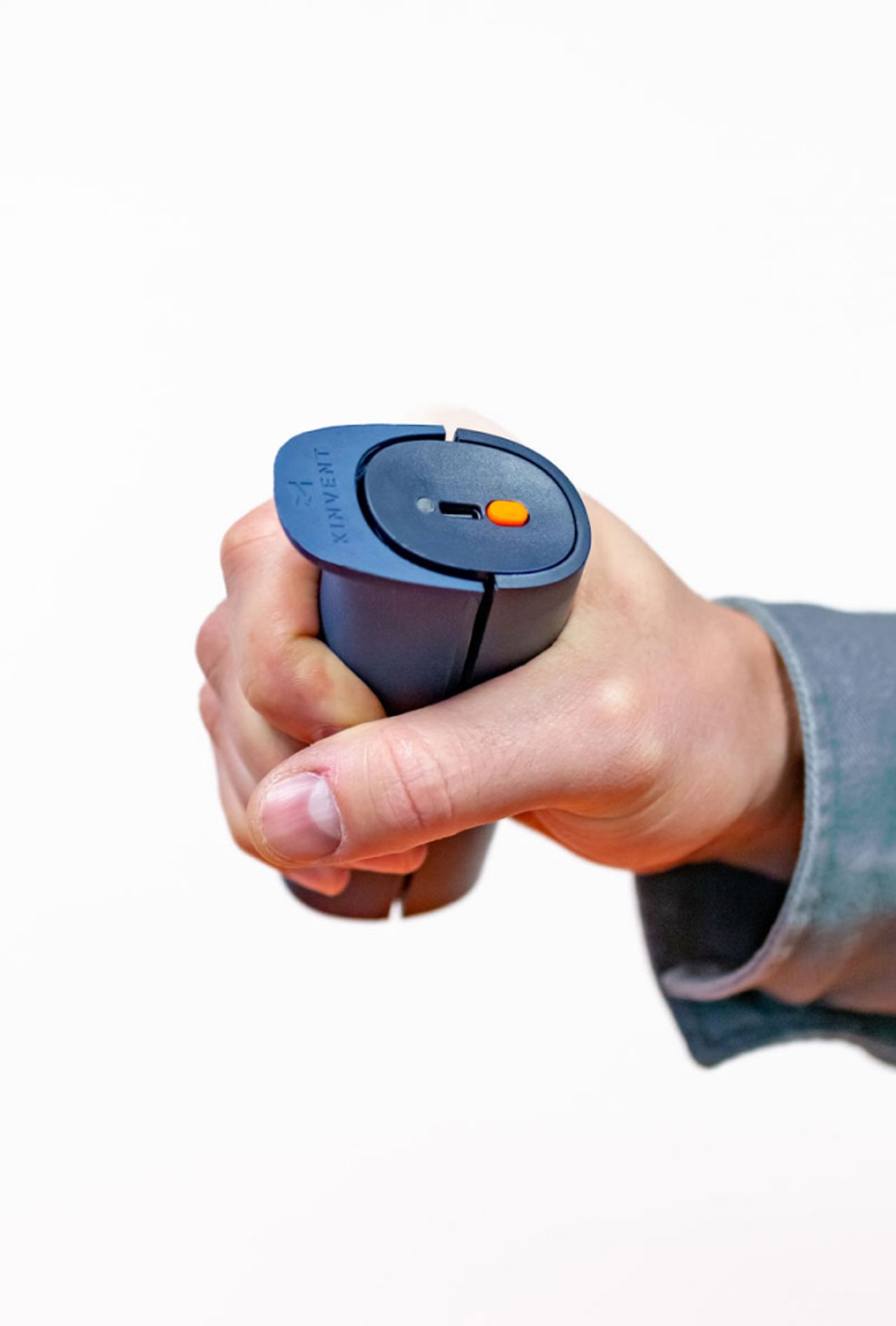

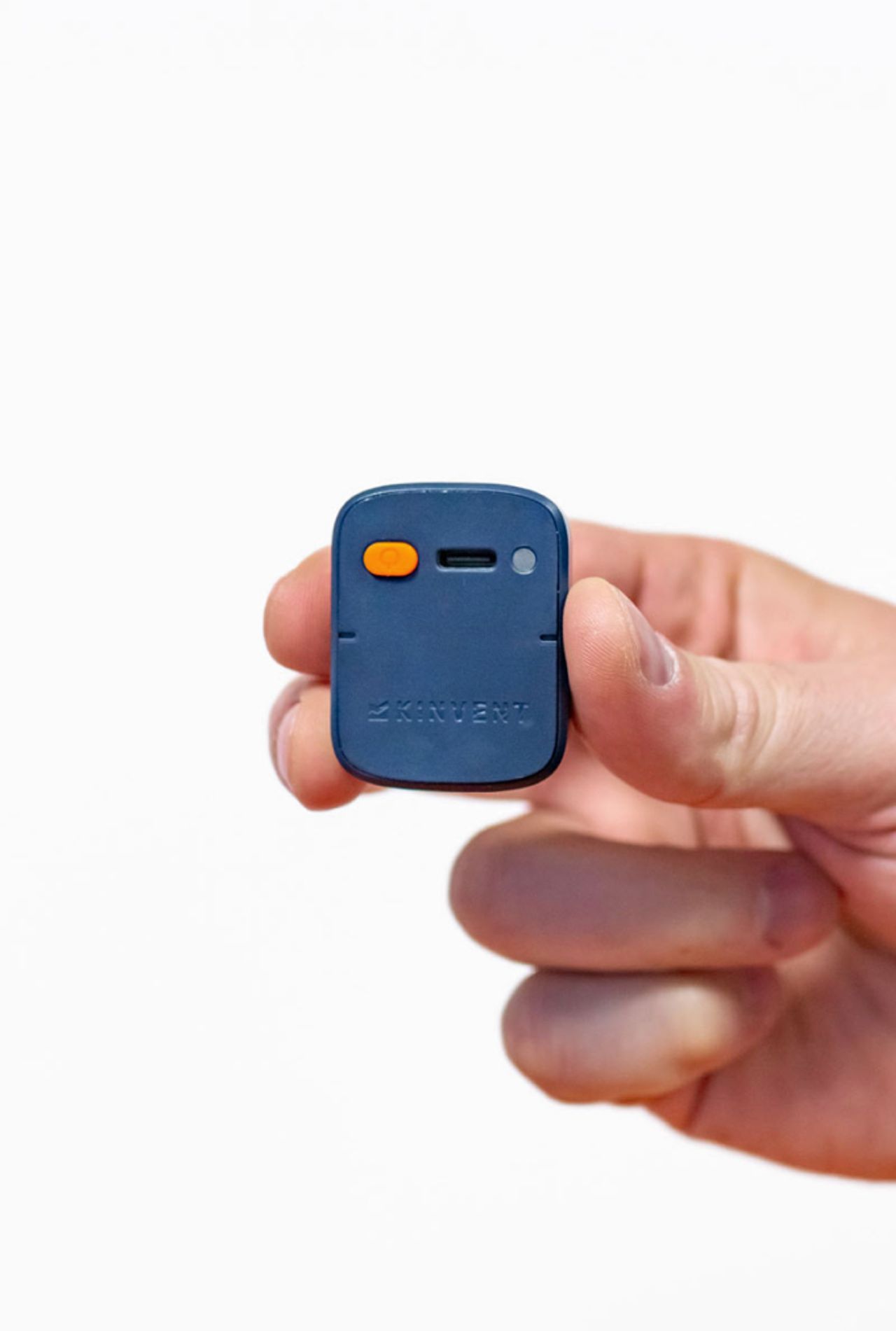
1. Creating new products from a design guide
In addition to the brief from the marketing and technical services, we immerse ourselves in the brand's universe and rely on the existing design guide to guide our proposals.
When Quechua tasked us with redesigning the iconic MH100 backpack to meet new environmental objectives, we started with elements of an already established design language. The key design elements from the MH500 (side angles, dihedral shape, L-shaped zipper) were adapted into a more compact design, maintaining an affordable price point and reducing the CO2 impact by 20% compared to previous models.
2. Determine the design language based on existing products
When the client already has an existing product range, we take the time to analyze it in order to identify key brand elements and propose integrating them into future products to strengthen the coherence of the range. This can also serve as preparatory work for the creation of a design guide.
In 2017, Yellowscan did not have a formal design guide. It was the design of the MODEM product that laid the foundation for the company's visual identity: a signature color, Sirius yellow, and a technical anthracite shade suitable for simple machining processes. Once the formal design language was defined, we were able to redesign the MAPPER, the brand's flagship product, and the VX, a premium model.
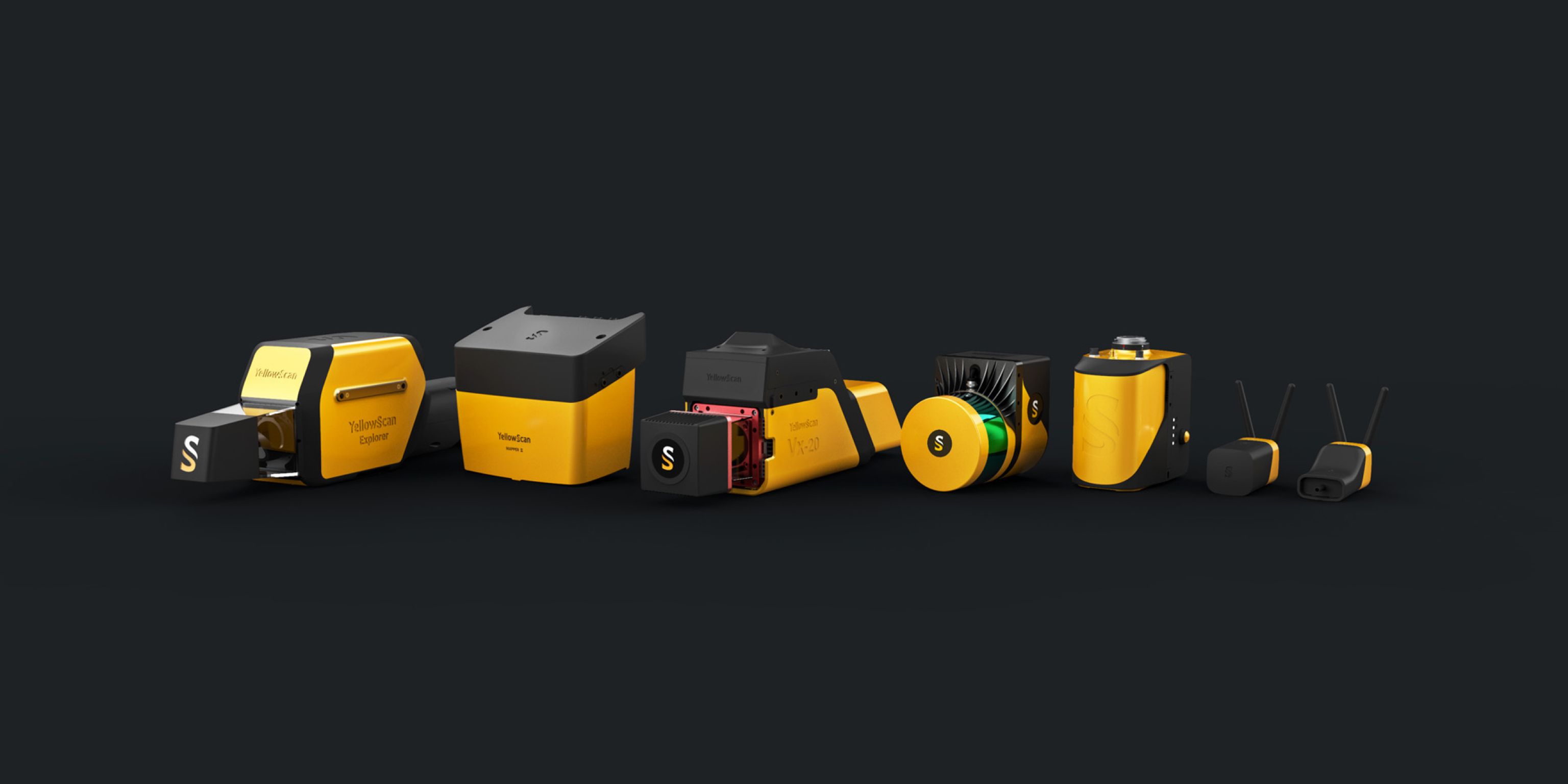
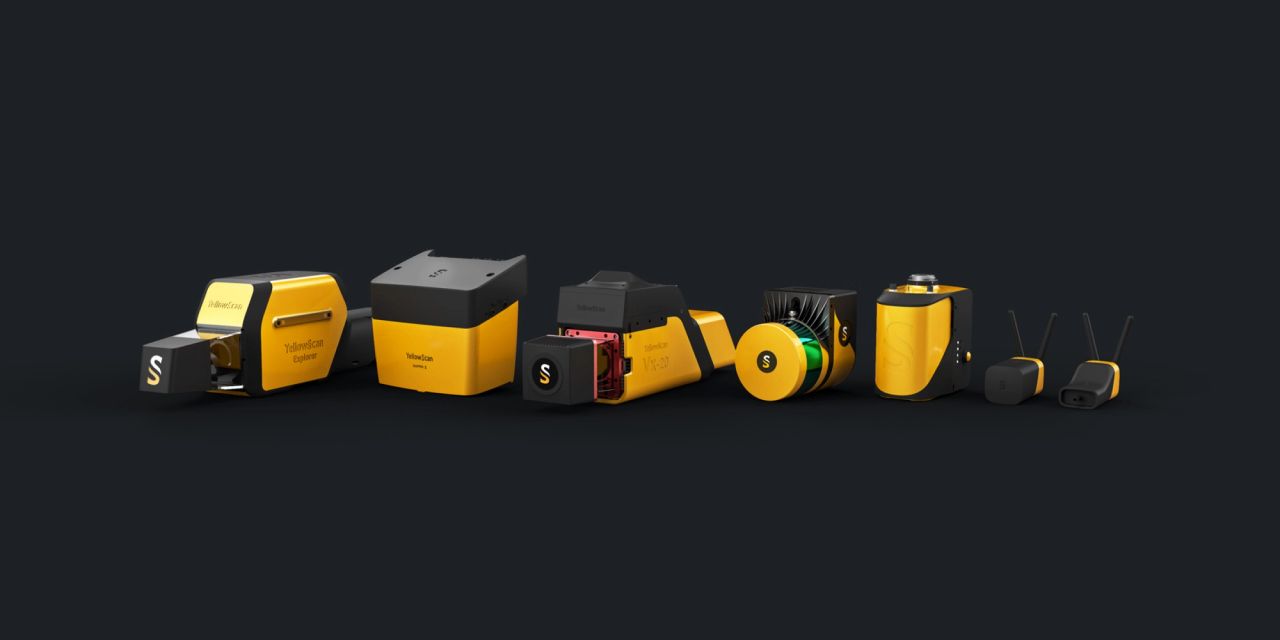

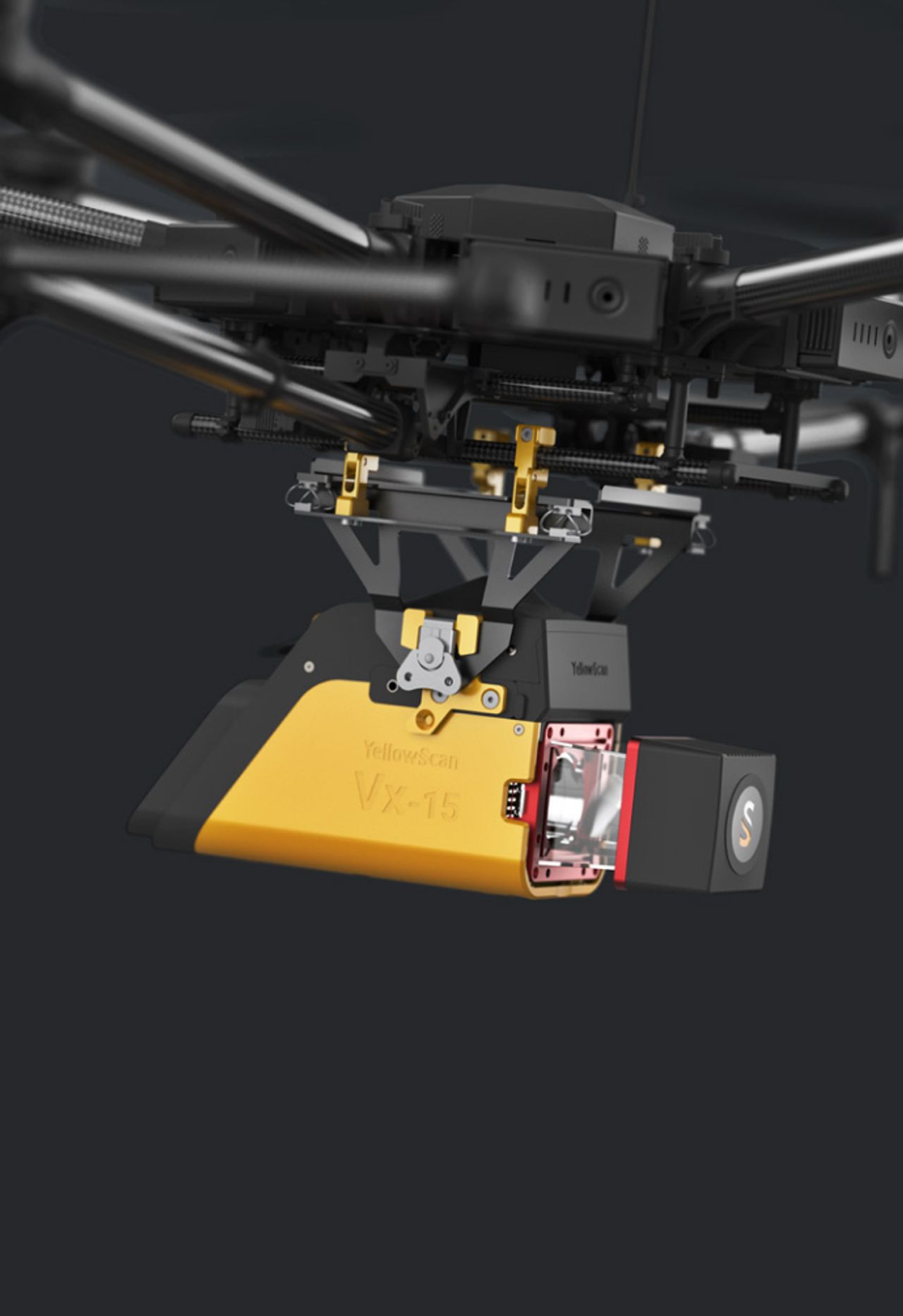

3. Designing with Strategy
There are times when products have little in common, aside from a logo or a similar color. In dialogue with the various stakeholders, we develop a design guide that serves as the written and illustrated translation of the product creation intentions.
Our combined approach of strategic and operational design allowed, for example, KINVENT to develop a true family of products and transition from a startup to an innovative SME. The products now offer ergonomics adapted for intensive use: shapes separate different areas of use, subtle textures enhance perceived quality, and common colors reinforce the brand identity.
